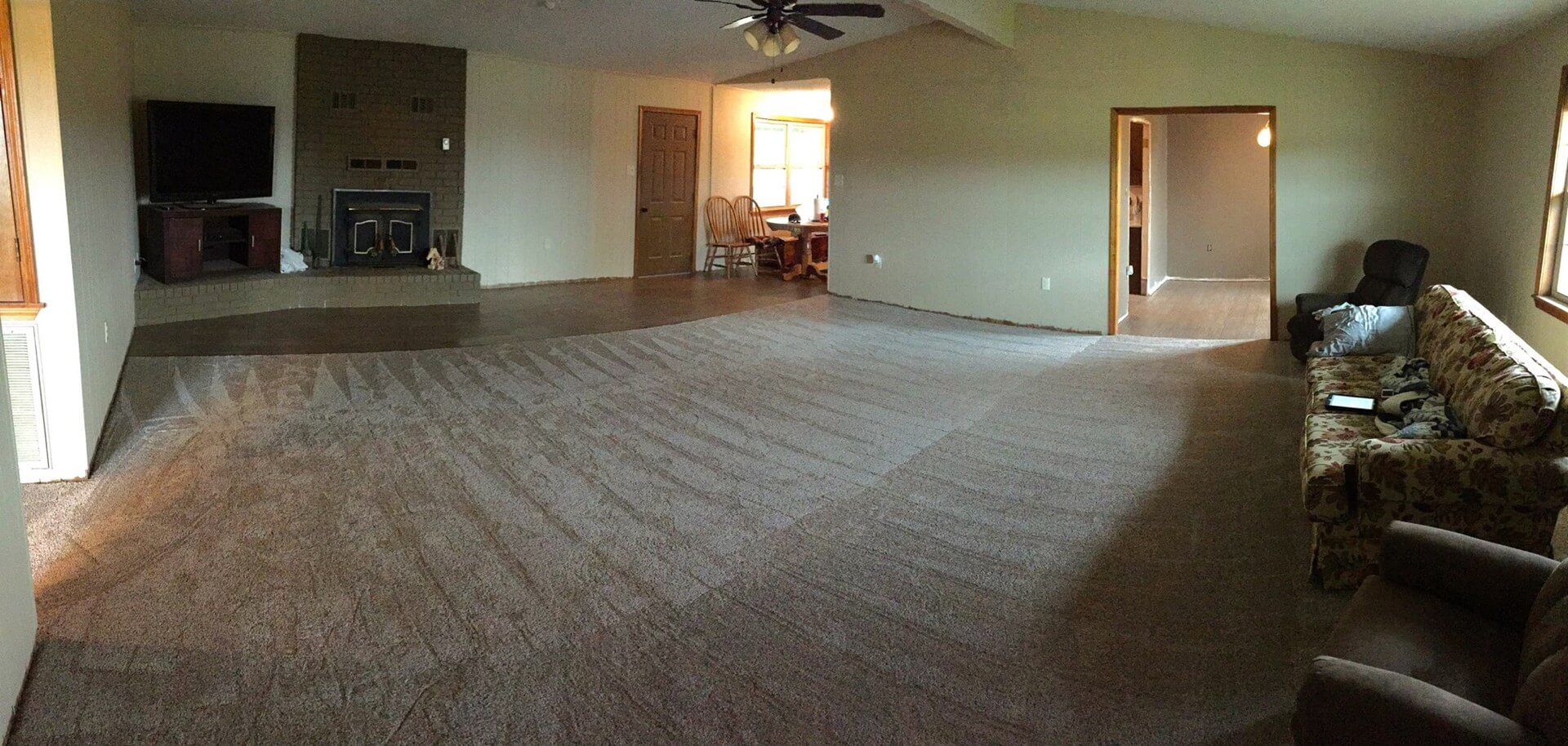Seven Steps to Deal with a Flooded House
Flooding in your house is one of the worst things a homeowner can experience. Whether as a result of a natural disaster, a burst pipe, or some other calamity, flooding in your house can cause major damage and cost thousands of dollars. If you’ve experienced flooding – in just one part or the entirety of your house – you should take some immediate steps to mitigate the damage. Here are seven steps to take if you’re dealing with a flooded house.
Step One: Disconnect Power and Water
Safety first! If you’ve experienced a flood, standing water could be in contact with electricity supplies – and present a huge danger. If you can safely access your breaker box, turn off all of the breakers. If you can’t access your breaker box without passing through standing water, find the main shutoff on the exterior of your house and disconnect all power.
Once the power is shut off, prevent the flooding from getting worse by shutting off the water supply to your house. Especially if the flooding was caused by a burst pipe or other plumbing problem, shutting off the water will stop the flood and allow you to assess the damage and start recovering while you’re waiting on a plumber.
Step Two: Salvage What You Can
Even though water damage usually occurs almost instantly, you can still salvage some of your things depending on the depth of the water. Get anything you can up off the floor. If you can’t get furniture or other large items out of the house, get them on risers to prevent them from sitting in standing water and causing further damage. Take up any rugs or movable floor coverings and hang them outside to dry. If you’re storing cardboard or other porous-material containers on the floor, move them immediately to try and prevent them from soaking through completely.
Step Three: Document Damage and Contact Your Insurance Company
Contact your insurance agency as soon as you can and thoroughly document the damage to your home and possessions. The damage will most likely be covered under your homeowner’s insurance policy, and your insurance agent can help you file a claim and get the process started. Even if your insurance company is sending out an adjuster or your insurance agent is coming to view your home themselves, document all of the damage. Be sure to include damage to walls, flooring, landscaping and exterior features, furniture, and possessions. Depending on your policy, all of these categories might be covered for repair or replacement.
Step Four: Call a Restoration Company
Look for a company who specializes in flooding and water damage restoration and who can respond to an emergency. The faster you can get the water out and your home restored the better – you don’t want mold and mildew further damaging your home. In most cases, your insurance company will cover the cost, and your insurance agent may be able to make a recommendation.
Step Five: Remove Any Water You Can and Start Drying
As soon as you can, start removing any water you can and drying your floors. Buy or rent a wet/dry Shop-Vac vacuum cleaner or other tools to help you suck up the water and send it down the drain. Open up all of your windows and turn on all of your fans. When you get the standing water up, place fans and dehumidifiers throughout your home to help keep the air circulating and prevent the formation of mold and mildew. You can also cycle your HVAC system from heating to cooling – switching between 80 and 60 degrees) – to pull moisture into the air and then remove it.
Step Six: Replace and Rebuild
If you can’t dry a surface quickly, it should be removed. That includes drywall, flooring, and both soft and hard surfaces. Later in the process, you’ll be able to replace any of these materials with help from your insurance company and contractor. Depending on the extent of the damage, you may have to take all of your walls down to the studs up to a certain height and replace most of your flooring.
Step Seven: Plan to Prevent Future Damage
Most flooded houses are caused by a burst pipe or some other issue in the home. Prevent future damage by storing cardboard, paper, and other porous materials off the floor. Check the insulation around your pipes to make sure they’re protected from extremely cold weather. Consider replacing plastic or cheap rubber tubes on your appliances with metal or higher-quality tubing. Have friends or neighbors check in on your house during any absences. These tips can help you prevent damage before it happens – and detect any water issues before they potentially destroy your home.
Flooded House? Replace Your Flooring at The Carpet Center
Our caring and professional staff can help you remove and replace flooring in the event of a flood. We can work directly with you or with your contractor to make sure you get great flooring that fits your home and your budget. We can advise you on the most water-resistant flooring for your home and take care of your needs from start to finish. Call or visit us today to experience great customer service and receive a free quote for new or replacement flooring!
Our Projects
Check out some of our awesome local work with carpet flooring!



